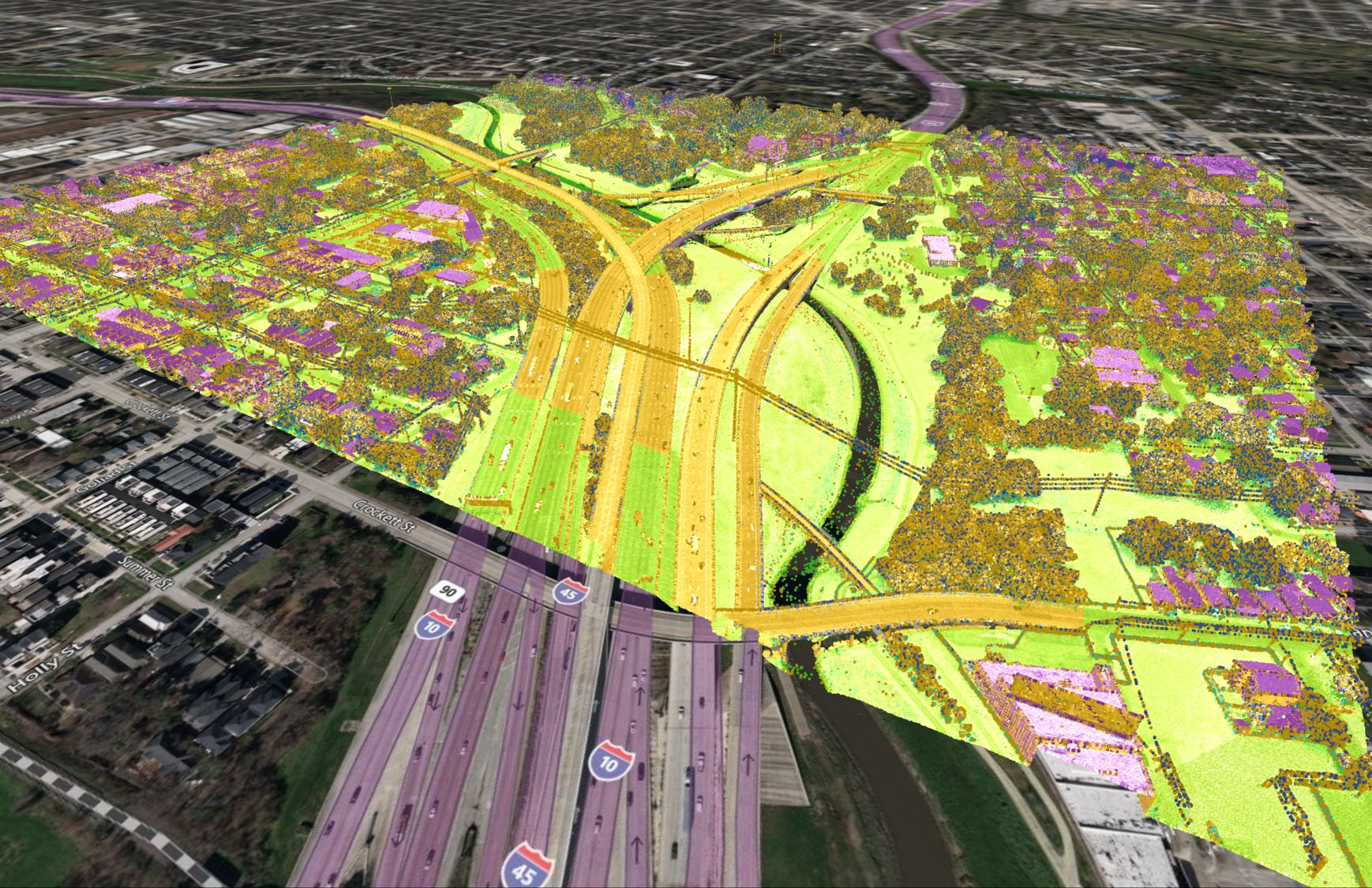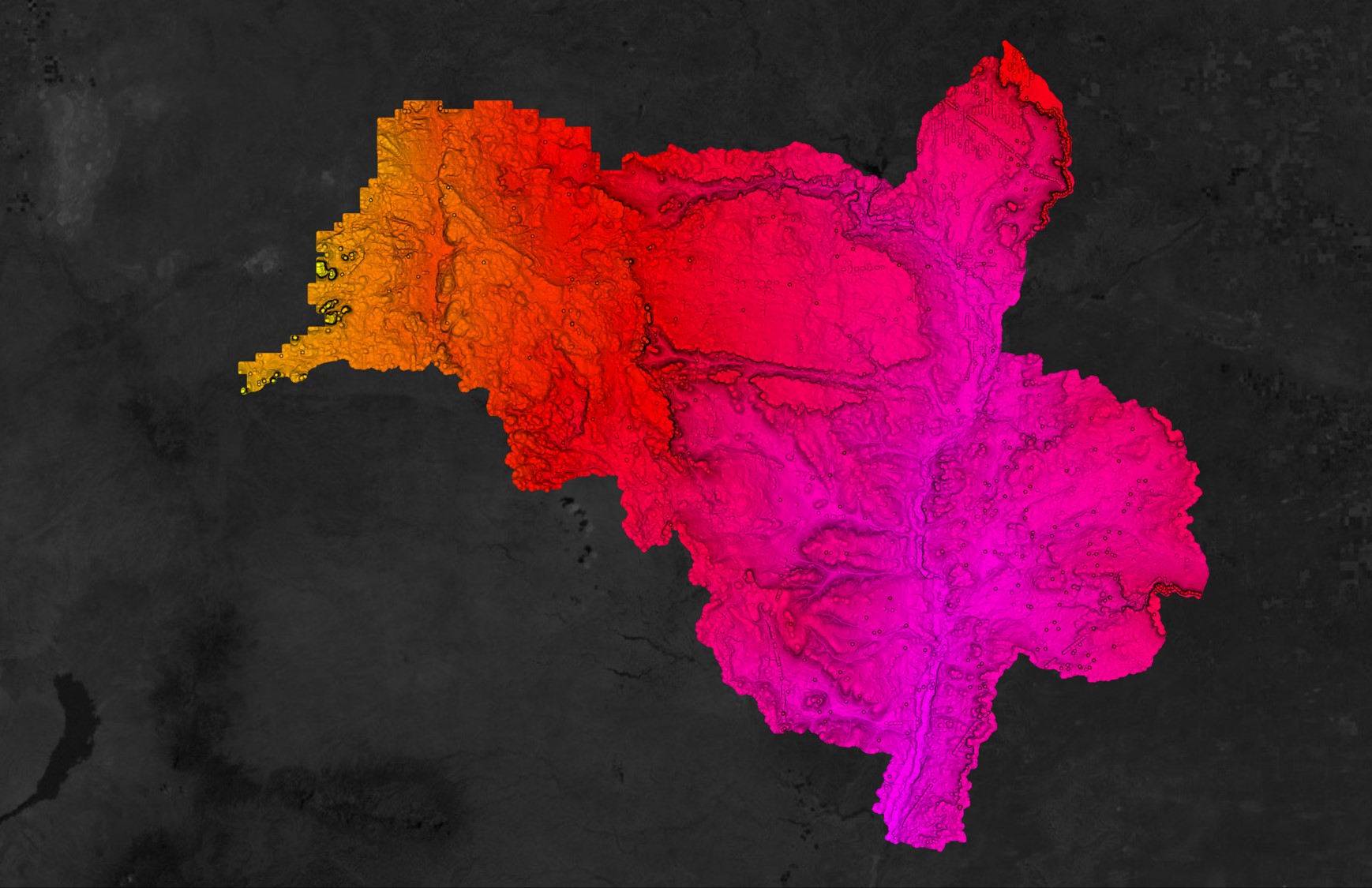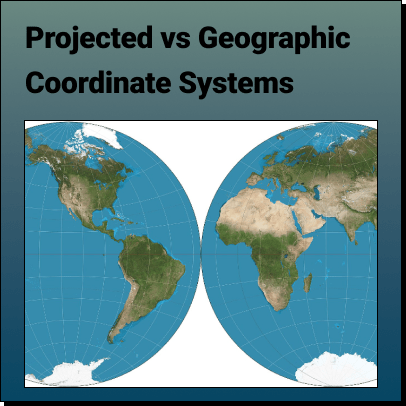Improving Canada’s Open Data Access For the Future
PSD’s Open Cities Index is Canada’s first standard study for municipal open data initiatives, making it easy to find information on data availability by municipality. This study has been running for four years, and shows promising results with improved overall scores each year. Apart from knowing which cities are at the top of the list for open data scores, publicizing this information is crucial to municipal innovation efforts as a method to uphold transparency and accountability in government.
The process for collecting this survey data has remained the same year over year. The survey is organized into three sections reflecting the core competencies of an open data program:
- Readiness
- Implementation
- Impact
The Readiness section of the survey measures how an organization can establish and sustain an open data program. This includes taking into consideration things such as funding and staff time, as well as buy-in from senior management and council. The Implementation section looks at the accessibility of open data, analyzing what data organizations have made available to the public. Lastly, the Impact section of the survey measures the benefits that open data has brought to the organization and the public.
As the open data ecosystem in Canada continues to improve, so too does the methodology and scoring of the Open Cities Index. A total of 21 questions in the 2019 OCI were changed or added from the previous survey. Questions such as “Does your open data policy align with the six principles of the International Open Data Charter?” and “Have you introduced software in order to help automate the open data publishing process?” introduces new variables to consider when measuring the maturity of an open data program.
The scores in this survey illustrate how open a particular city’s data is as a percentage. The results of this survey show that the overall average score among cities for 2019 is 29.4%. Notable difference when compared to the 2017 report include:
- The implementation of open data plans increased by 75%
- The use of ‘hackathon’ events rose by 15%
- 38% of cities have now assembled an open data committee
- 33% of organizations have now indicated that open data is referenced as a component or principle of their smart city strategy.
As of 2019, the top 3 most open cities are:

1.City of Edmonton (Score: 98.82% open)
Edmonton’s program receives guidance from an open data committee that meets monthly and is supported by an open data policy, an open data strategic plan equipped with a roadmap for implementation, and an open data portal. Edmonton has also implemented software to automate the data publishing process, which is proving to be an important tool for the sustainability of open data initiatives.

Photo by Rajabali Jawadali on Unsplash.
2.City of Winnipeg (Score: 74.94% open)
The City of Winnipeg reported having ‘open data personas’ accompanying their open datasets. These personas help open data users to better understand how data may be used, based on their particular sector or use case (e.g. researcher vs. entrepreneur). Winnipeg is also one of only 8 organizations that reported implementing other mechanisms to measure the impact of their open data program, including the use of local websites to track the usage of open data.

3.City of Ottawa (Score: 74.90% open)
Ottawa is 1 of only 10 cities that released a survey to learn how users are leveraging the data they are downloading. Understanding how people are using open data remains one of the biggest challenges for governments, but is also one of the most valuable types of information required to justify funding for an open data program.
Open data trends show that this information is becoming more widely available not only in Canada, but globally as well. This progress continues to put a spotlight on governments for transparency and accountability, paving the way for anyone to access the data they need to move their projects forward.








